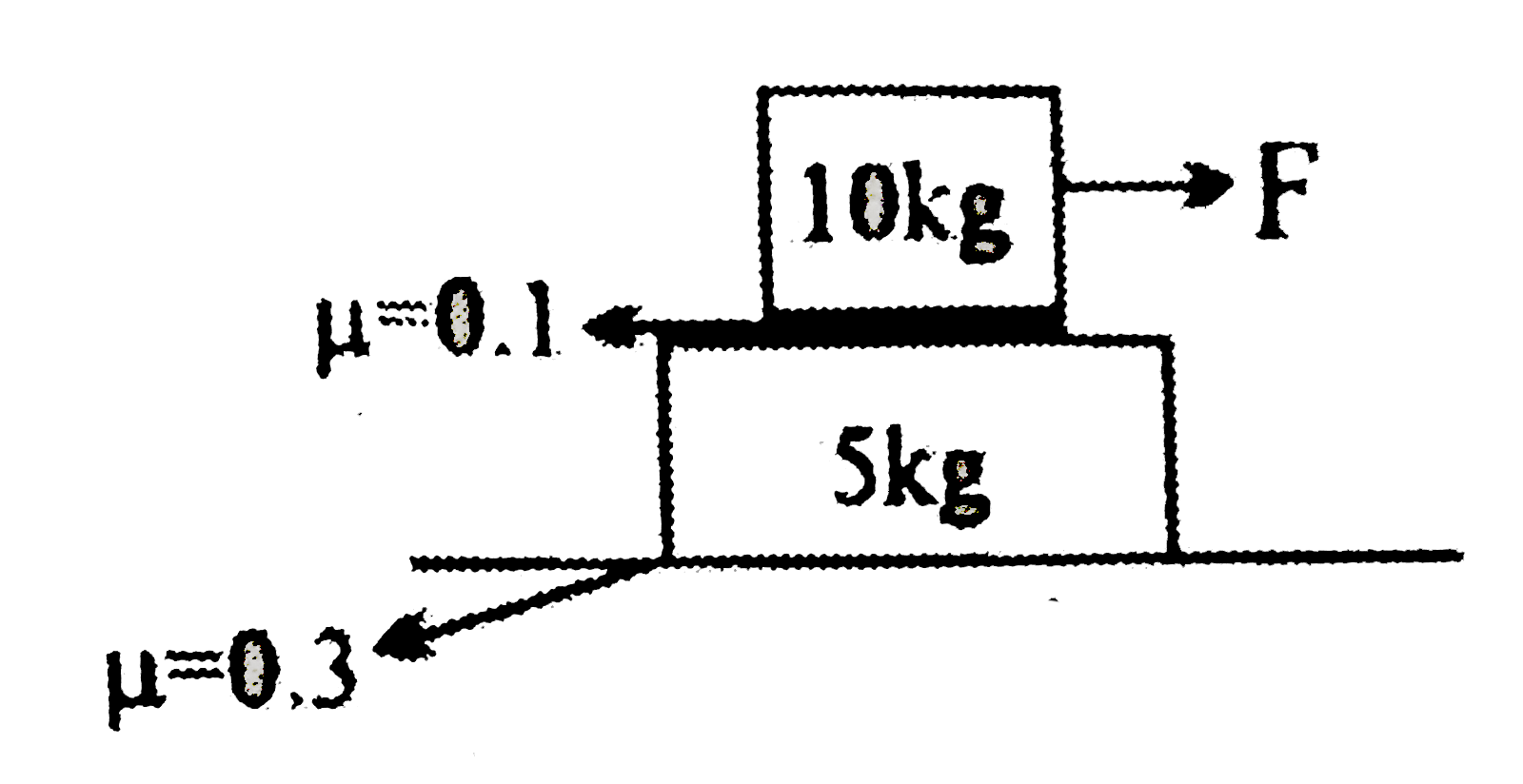When x∝tn, acceleration is constant when n equals
greater than 2
less than zero
2
nothing can be divided
The correct Answer is:C
To determine the value of n for which the acceleration is constant when x is proportional to tn, we can follow these steps:
Step 1: Understand the relationship
Given that x (displacement) is proportional to tn, we can express this as:
x=k⋅tn
where k is a constant.
Step 2: Find the velocity
Velocity v is the rate of change of displacement with respect to time, which can be expressed as:
v=dxdt
Differentiating x=k⋅tn with respect to t:
v=ddt(k⋅tn)=k⋅n⋅tn−1
Step 3: Find the acceleration
Acceleration a is the rate of change of velocity with respect to time, which can be expressed as:
a=dvdt
Now, differentiating v=k⋅n⋅tn−1 with respect to t:
a=ddt(k⋅n⋅tn−1)=k⋅n⋅(n−1)⋅tn−2
Step 4: Determine the condition for constant acceleration
For acceleration to be constant, it should not depend on t. This means the term tn−2 must be independent of t. The only way for this to happen is if the exponent n−2=0, which leads to:
n−2=0⟹n=2
Conclusion
Thus, the value of n for which the acceleration is constant is:
2
Given that x (displacement) is proportional to tn, we can express this as:
x=k⋅tn
where k is a constant.
Velocity v is the rate of change of displacement with respect to time, which can be expressed as:
v=dxdt
Differentiating x=k⋅tn with respect to t:
v=ddt(k⋅tn)=k⋅n⋅tn−1
Acceleration a is the rate of change of velocity with respect to time, which can be expressed as:
a=dvdt
Now, differentiating v=k⋅n⋅tn−1 with respect to t:
a=ddt(k⋅n⋅tn−1)=k⋅n⋅(n−1)⋅tn−2
For acceleration to be constant, it should not depend on t. This means the term tn−2 must be independent of t. The only way for this to happen is if the exponent n−2=0, which leads to:
n−2=0⟹n=2
Thus, the value of n for which the acceleration is constant is:
2
Topper's Solved these Questions
- MOTIONBOOK - MCGROW HILL PUBLICATIONCHAPTER - MOTIONEXERCISE - HIGHER ORDER THINKING QUESTIONS
48 Videos
- MISCELLANEOUS QUESTIONSBOOK - MCGROW HILL PUBLICATIONCHAPTER - MISCELLANEOUS QUESTIONSEXERCISE - PART-B
99 Videos
- REFLECTION OF LIGHT BOOK - MCGROW HILL PUBLICATIONCHAPTER - REFLECTION OF LIGHT EXERCISE - HIGHER ORDER THINKING QUESTIONS
10 Videos
Similar Questions
Knowledge Check
For the curve yn=an−1x if the subnormal at any point is a constant, then n is equal to
A1B2C−2D−1Let an=10nn! for n≥1. Then an take the greatest value when n equals
A20B18C6D9
The acceleration of 10 kg block when F = 30 N ,A2m/s2B3m/s2C1m/s2Dnone of these
In the above question find the acceleration of both the block when F = 36 N
View SolutionA car starts accelerating with an acceleration of 13m/s2 when its speed was 18km/h. If the desplacement of car in nth minute after it starts accelerating is 4.8km then n is :
View Solution
The acceleration of 10 kg block when F = 30 N is
View SolutionAssertion : At object may fall with a constant velocity.
Reason : This happens when acceleration of the object is equal to accelertion due to gravity.
View SolutionThe maximum value of ^(n)Cr is obtained when r is equal to
View Solution
